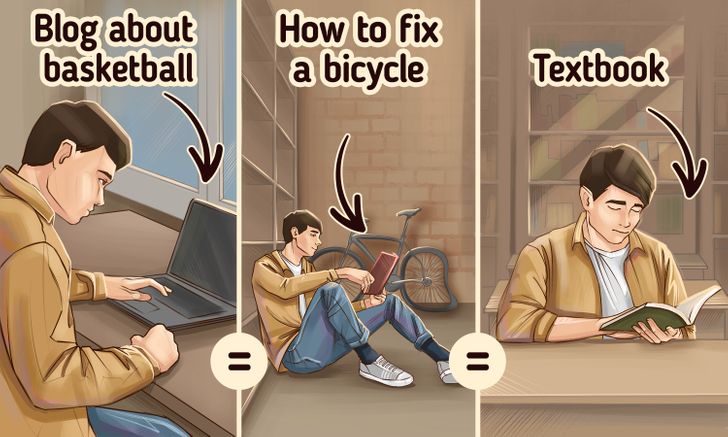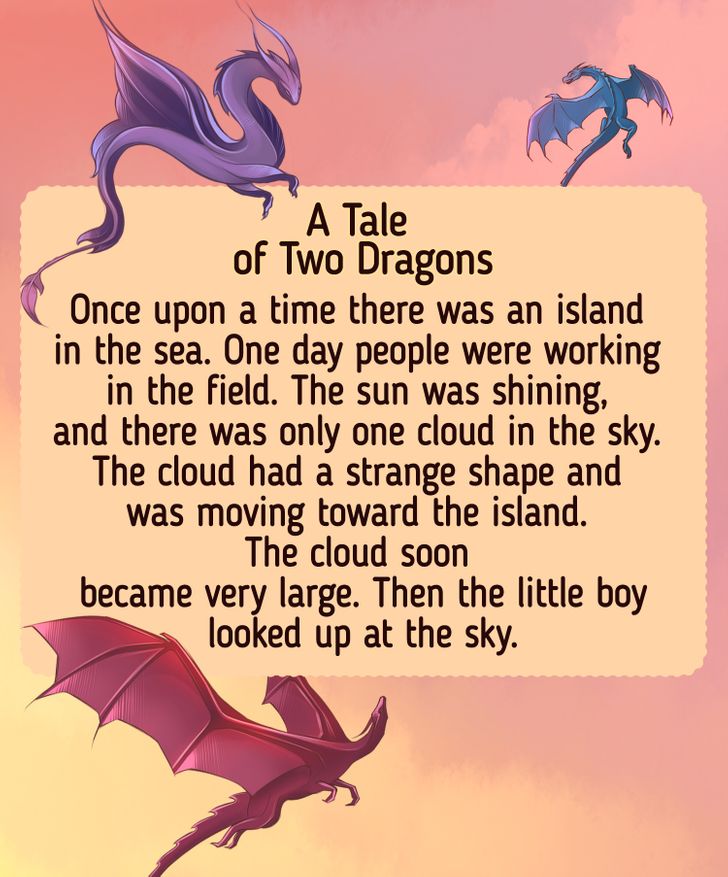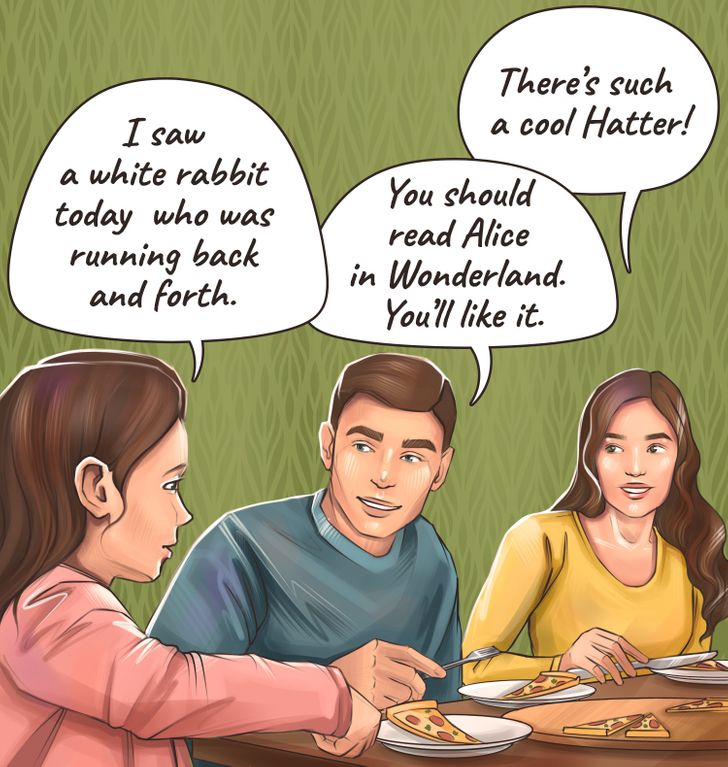How to Strengthen Your Child’s Literacy Skills
The Melbourne Institute of Applied Economic and Social Research found that daily reading to young children improves their outcomes in school. Besides, the interactions between an adult and a child are also important. They should be lively and engage children with the text-at-hand. Alphabet toys and phonics programs alone do little to develop literacy because they don’t use contextual meaning. Words, letters, and sounds are best understood when seen and applied in everyday life.
5-Minute Crafts would like to tell you about how to become a family who reads a lot, and who speaks and writes in a grammatically correct way.
Let your child know that reading is fun, and not work.

At school, reading is often perceived as work. Students are asked to take notes along the way, take final tests, and keep a daily reading journal. This approach is absolutely appropriate for teaching, but at the same time, it can cause the rejection of books and texts.
Sometimes students just need to read for fun. Give them free time for this when they don’t have to study, do household chores, sports, and other obligations. Help them see reading as fun not work.
Give them a choice.

An effective way to awaken interest in reading in a child is giving them a choice of what to read. This way, they will focus on books with a subject that is relevant to them, and they will feel comfortable about it.
A student may not see the connection between a blog about basketball that they read at home every night, a book on how to fix a bicycle that they have used as a guide recently, and textbooks they read in class. All these reading materials are the key to literacy.
The main thing you should remember is that a child may encounter difficulties in mastering something new. If the text that the child wants to read is too difficult, this may negate their further desire to dive into a topic. Try to provide them with an easier version of the book. Explain that it’s perfectly normal to not understand difficult text, but they will achieve their goal with experience.
Work with a text.

A teacher’s questions about the text can be rather mechanical. They generally ask their students to extract obvious information. If taking the text above as an example, the questions can be as follows:
- Where did people work?
- How many clouds were there in the sky?
These questions don’t help a reader to understand the real meaning of the text and don’t contribute to the development of critical thinking. They are good for easy testing, but they don’t help develop literacy.
Deep reading comprehension can be organized into 3 types:
1. Text level — exploring the meaning of individual words and phrases. For example:
- Find words that show that this story is a fairytale.
- Underline a sentence about the weather.
2. Between the lines — speculating and making guesses using the information that is available in the text. Ask questions that will lead to a discussion. The child needs to work with the meaning of the text they have read, give reasons and arguments to support their opinion. For example:
- What do you think the cloud really is?
Discuss how the characters of the story feel and their motivation. Identify the most important moments, and speculate about what will happen next.
3. Behind the lines — information that the reader has before reading, their knowledge that helps to comprehend and interpret the text.
- Did dragons really exist?
By working with deep reading comprehension, you help your child use text as a grounds for exchanging ideas and opinions, developing their writing skills, and exploring the meaning of words.
Share stories with each other.

You can tell stories to each other over dinner or while spending time together. Ask your child to share something. For example, invite them to describe what they did, saw, read, or heard.
Oral language supports literacy development in children. The opposite effect can happen if you don’t allocate enough time for communication with your child.
Involve your child in activities where you use literacy.

We deal with the written language every day. Try to combine your routine with your child’s education. For example, if you are making a shopping list, you might involve your child in this activity. Explain what you are doing and invite them to help you.
This way, children can interact with the text in a meaningful way. They can also see how important literacy is in everyday life.
Set aside 10 minutes for reading every day.

Inspire your family members to read every day for 10 minutes:
- Set a specific time each day to read. You can do this at home or outside during a walk.
- Set a timer to help you all track the 10 minutes.
- Turn off your phone and TV to avoid distractions.
- Choose the books you like. It’s important to enjoy reading.
Motivate your family members:
- Create a cozy place in your home where you and your loved ones can gather together to read.
- Make a Take 10 reward board. Everyone will get a star for every 10 minutes they read, and at the end of the week, the winner will get a reward.
- Create a bookmark of your favorite book or character for a more enjoyable reading experience.
- Try listening to audiobooks to spark creativity and interest in reading.
- Read a book with the whole family and then find a movie based on it. Have a family movie night.